-
List: Which departments have seen notaire fees increase – and where will they rise soon?
A third of departments will increase fees to new maximum by May 1
-
Guess the French phrase behind this photo clue...
Can you work out which idiomatic expression is depicted below?
-
Guess the French region with the help of this clue: Swede dreams are made of this
In which of France's 13 regions was this photo taken?
Quirky French property brings history buffs knocking
How a 19th-Century steam pump house pulled at the heartstrings of a British couple – and attracts the attention of complete strangers too
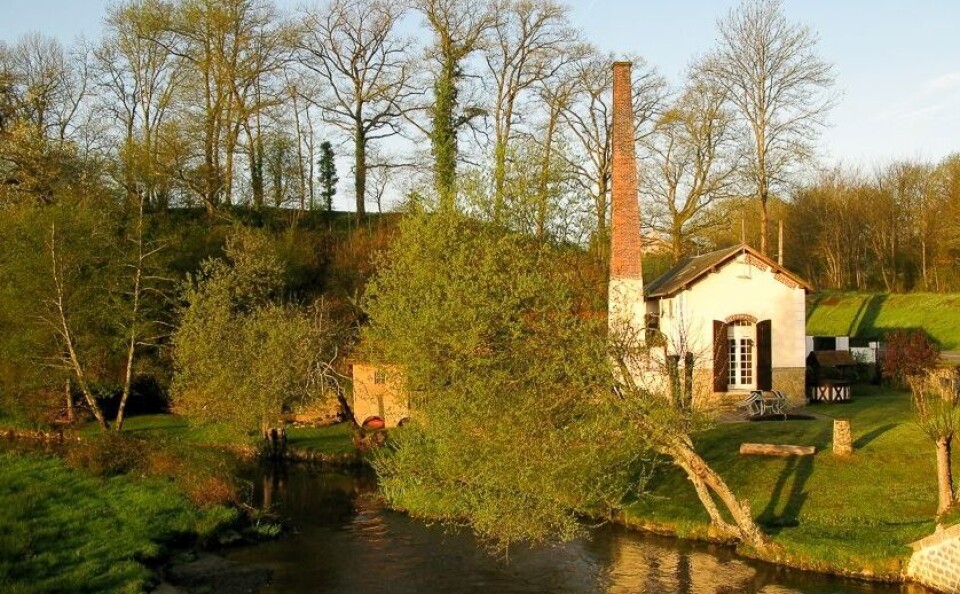
When it comes to choosing a holiday or retirement home, practical considerations mean the heart usually plays second fiddle to the head. However, some properties have a je ne sais quoi that makes us prepared to bend the rules a little.
This is what happened when Ian Warnes, 61, from Norwich, first saw pictures of a 19th-century steam pump house near Châteauponsac in Haute-Vienne in 2015 during an online property search.
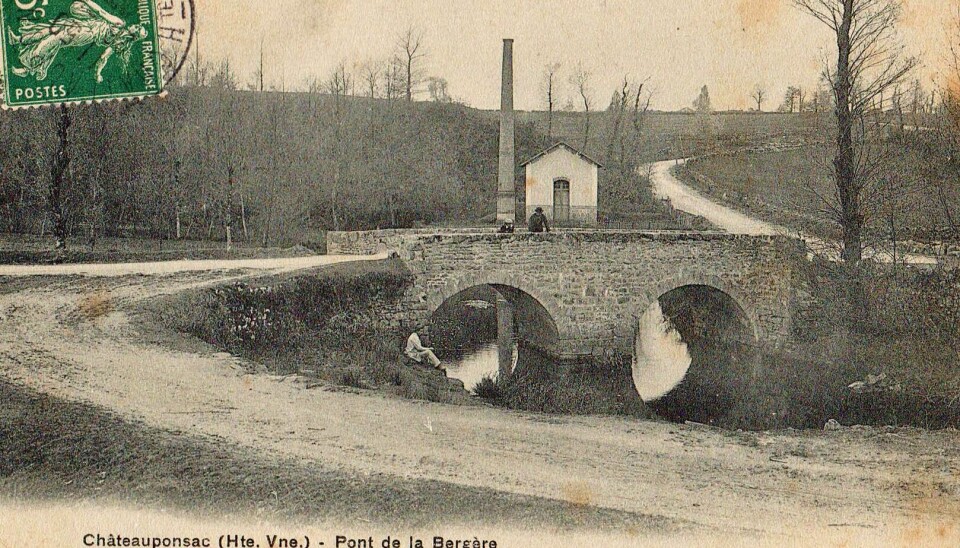
Love at first sight
“We had looked at quite a few places in France but when Ian found pictures of the pump house, he fell in love instantly,” says wife Jane, 53.
“I took a little more persuading – quirky properties can sometimes come with problems.”
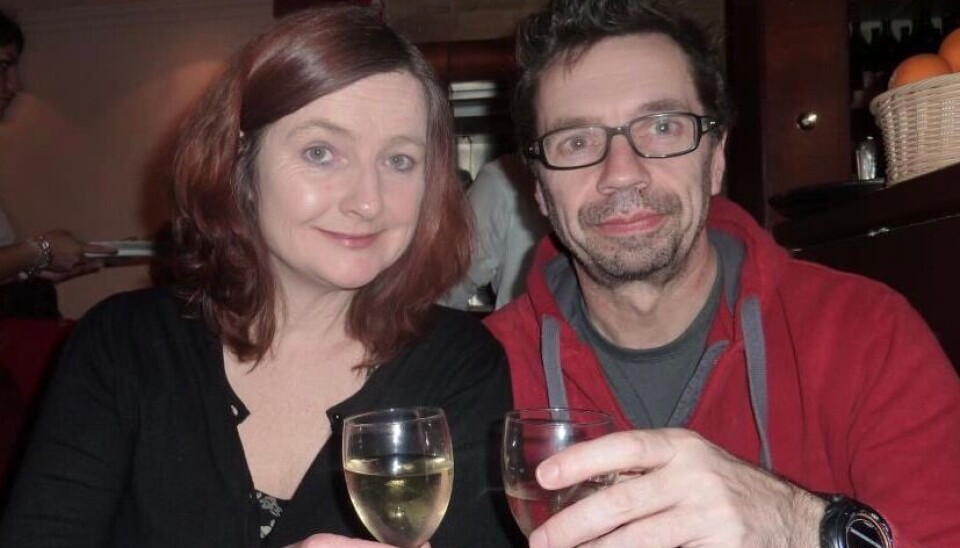
Thankfully for Ian, after researching the building and its history extensively – even contacting previous owners, who have since become friends – he discovered the small house with its working well and towering chimney came with everything the couple were looking for.
They bought it in 2016, coming over for several holidays until 2020, when both retired from their careers in the housing industry and moved to France permanently.
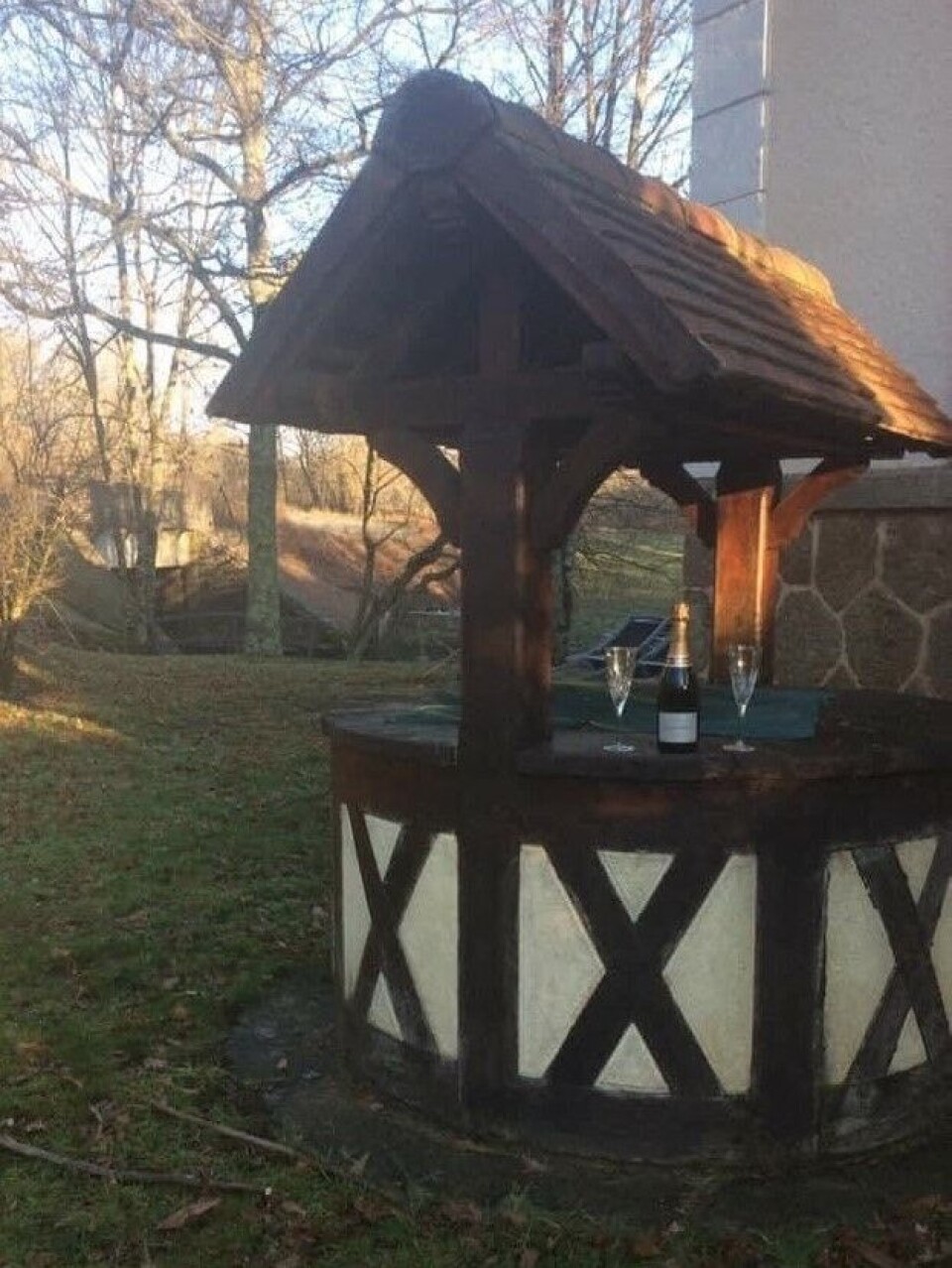
Long history
“The pump house was built around 1890. It was steam-driven and pumped water out to the trams that came along the line above the building,” says Jane.
Read more: Six tips to trace the history of your home in France
“At one point, the adjacent riverbank was also used by the ladies of the village, who would come to the river to do their washing. We have a picture of 20 women on the banks, washing clothing in baskets.”
The pump house fell into disuse in the early 20th century, as more modern methods of transport took over from steam-powered vehicles.
1980s conversion
It was eventually converted in the 1980s, with the machinery moved out to make way for domestic fixtures and furnishings.
“The conversion comprised a living area, with two bedrooms on a mezzanine,” says Ian.
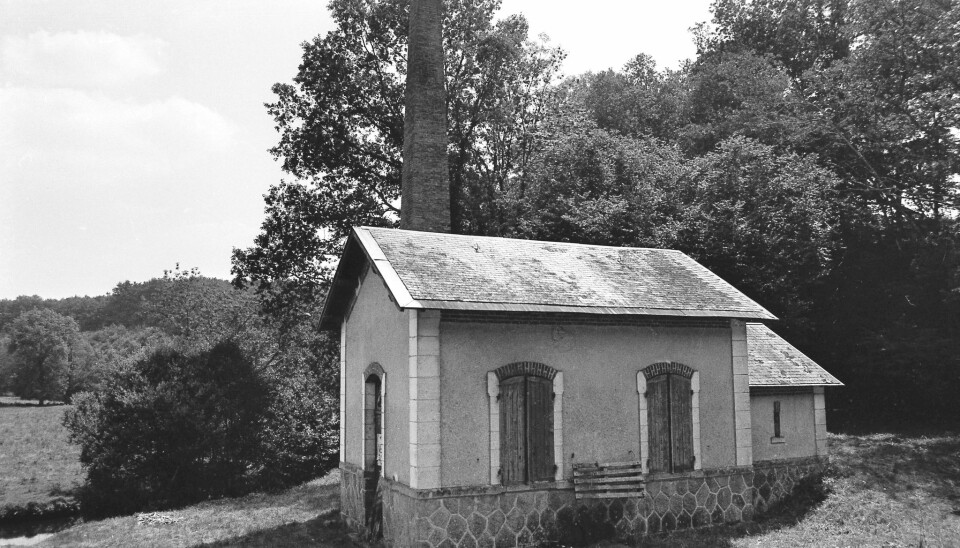
“The last of the machinery was removed and a kitchen, cloakroom and utility room added.
“The work was carried out by an artisan from Martinique who worked in Paris. He purchased the pump house, created a plan and built things like the bedroom closets in Paris, then drove them down and fitted them.
“It was converted to a really good standard, so we have not needed to do much, other than small decorative jobs. It is quite compact, at 58m² of floorspace, but it is more than enough for our needs.”
Popular with the children
The couple’s children, Indra and Joel, are in their 20s and work and live in the UK but they have made the most of opportunities to come over for holidays.
“They both think the cottage is delightful,” says Jane.
The garden that comes with the property is a good size and ends at the water’s edge.
“We love the space and the river,” says Jane. “It is lovely to sit on the banks and watch the cows from the opposite field come down to drink.”
‘Something out of Hansel and Gretel’
So what is it like to live in a building that has historical significance to the local town?
“It is amazing seeing old postcards that feature the pump house,” says Jane. “And the property itself is lovely – a bit like a fairy tale cottage, something out of Hansel and Gretel, tucked in the middle of the woods.”

Best of both worlds
Although the cottage is set away from the village, it remains close enough to Châteauponsac – half a kilometre – for the couple to walk to local shops and restaurants if they choose.
“We like that it is independent, no neighbours other than cows and wildlife,” says Ian.

“But we can easily walk to amenities. It is the best of both worlds.”
The property also sits close to the Pont de la Bergère, an old bridge that locals say was blown up during the war and half rebuilt afterwards as a symbol of resistance. A new bridge has since been built to provide access to the town across the river Semme.
Local curiosity
The Warnes are not the only people with a soft spot for their home, as previous owners let it out as a gîte.
“Quite a lot of people who are now residents in the town stayed here while looking for their own houses. People would walk to see us, bringing photos from over the years – it was really interesting to see the building’s evolution,” says Ian.
Living in a property that doubles as a historic landmark does mean the Warnes have got used to knocks at the door from enthusiasts wanting to have a look around.
“We have had quite a few people come along and ask,” says Jane. “We don’t mind at all – we love living in a piece of history.”
Related articles
If walls could talk: Anglo-French group delve into history of houses
Property search led to 12th Century chateau in France’s Loire Valley
‘Restoring a medieval chateau in France is more than lifetime project’
























